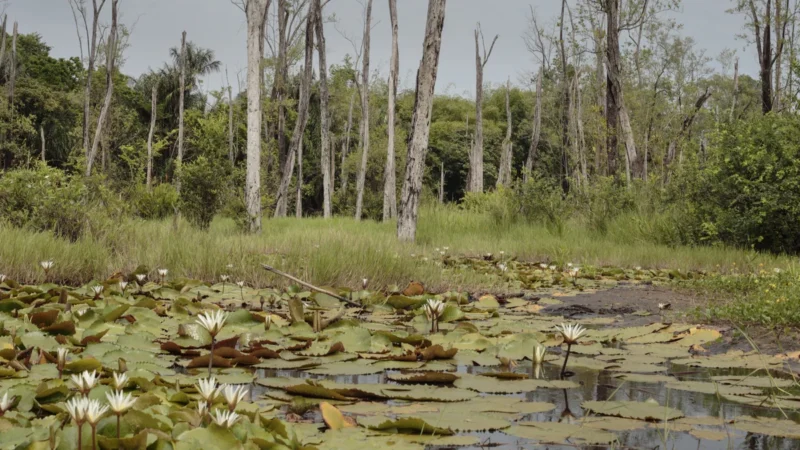Understanding the different climate types and their characteristics

Understanding the different climate types and their characteristics is crucial for comprehending the diverse weather patterns across the globe. Climate classification systems, such as the widely used Koppen-Geiger classification, categorize climates based on temperature, precipitation, and other factors. This article provides an in-depth overview of various climate types, highlighting their distinguishing features, geographical distribution, and ecological impact.
I. Tropical Climate
Characterized by high temperatures and abundant rainfall throughout the year, tropical climates are found in equatorial regions. These regions experience little variation in temperature, with average temperatures typically exceeding 18°C (64°F) every month. The abundant precipitation often leads to lush rainforests and diverse ecosystems. Tropical climates can further be classified into monsoonal and rainforest types, depending on the seasonal distribution of rainfall. Monsoonal tropical climates, such as those found in Southeast Asia and parts of India, experience distinct wet and dry seasons. Rainforest tropical climates, like those in the Amazon Basin and Congo Basin, have consistent rainfall year-round. These regions support a rich biodiversity of plant and animal species.
II. Arid Climate
Arid climates are characterized by extremely low precipitation levels, resulting in arid and desert landscapes. These regions experience high temperatures during the day and significant temperature drops at night due to low humidity. Arid climates can be further divided into hot desert and cold desert types. Hot desert regions, such as the Sahara in Africa and the Arabian Desert in the Middle East, typically experience scorching temperatures. Cold desert regions, like the Gobi Desert in Asia and the Atacama Desert in South America, have milder summers but harsh winters. These arid environments support unique desert-adapted flora and fauna, such as cacti, camels, and reptiles.
III. Temperate Climate
Temperate climates are characterized by moderate temperatures and distinct seasonal variations. These regions typically experience warm to hot summers and cool to cold winters. The amount and distribution of precipitation vary throughout the year, contributing to diverse landscapes. Within temperate climates, there are subcategories such as Mediterranean, humid subtropical, and marine west coast climates. The Mediterranean climate, found along the coasts of California, the Mediterranean Sea, and parts of Australia, is known for its dry summers and mild, rainy winters. Humid subtropical climates, found in regions like the southeastern United States and eastern China, have hot, humid summers and mild winters. Marine west coast climates, found in areas like the Pacific Northwest and western Europe, have mild, wet winters and cool summers. These temperate regions support a range of vegetation, from deciduous forests to grasslands.
IV. Polar Climate
Polar climates are characterized by extremely cold temperatures and limited precipitation. These regions, including the Arctic and Antarctic, experience freezing temperatures throughout the year. Polar climates can be further divided into tundra and ice cap types. Tundra regions, found in parts of Alaska, Canada, Russia, and Scandinavia, have short, cool summers and long, cold winters. The limited precipitation supports the growth of low-lying vegetation, such as mosses and lichens. Ice cap regions, like Greenland and the Antarctic, are covered in ice and experience frigid temperatures year-round. These climates are home to unique flora and fauna adapted to the harsh conditions, such as polar bears and penguins. Polar regions play a crucial role in regulating the global climate.
Key Takeaways:
Understanding the different climate types and their characteristics provides valuable insights into the environmental conditions experienced across the globe. The classification of climates based on temperature, precipitation, and other factors allows us to study the relationships between climate, geography, and ecosystems. By recognizing the diverse climatic features, we can better appreciate the wonders of our planet and adapt to the challenges posed by climate change.
FAQs related to Climate Types
Q: What is climate classification?
A: Climate classification is a system used to categorize different climate types based on factors such as temperature, precipitation, and vegetation patterns. It helps us understand and classify the diverse climates found around the world.
Q: How are climate types determined?
A: Climate types are determined based on long-term weather patterns, including temperature and precipitation data. Various classification systems, such as the Koppen-Geiger classification, utilize these factors to categorize and define different climate types.
Q: What are the main types of climate?
A: The main types of climate include tropical, arid, temperate, and polar climates. Each type has distinct characteristics and is associated with specific regions of the world.
Q: What is a tropical climate?
A: A tropical climate is characterized by high temperatures and abundant rainfall throughout the year. It is typically found in equatorial regions and supports diverse rainforests and ecosystems.
Q: What is an arid climate?
A: An arid climate is characterized by low precipitation levels and arid or desert landscapes. These regions experience high temperatures during the day and significant temperature drops at night due to low humidity.
Q: What is a temperate climate?
A: A temperate climate is characterized by moderate temperatures and distinct seasonal variations. It typically includes warm to hot summers and cool to cold winters, with varying amounts of precipitation throughout the year.
Q: What is a polar climate?
A: A polar climate is characterized by extremely cold temperatures and limited precipitation. These regions, such as the Arctic and Antarctic, experience freezing temperatures throughout the year and are covered in ice.


